The documentary series starring Natalia Oreiro reveals a growing trend that redefines leadership in the audiovisual industry: producing with an environmental purpose. Behind its narrative impact lie precise business decisions, transnational planning and sustainable management.
Celeste Giardinelli, Roberttson, and Sara Samaniego bring to life this thrilling, joyful, and moving adventure, approached with a sincerity that touches the deepest fibers of our being. Created by Eugenia Ratcliffe.
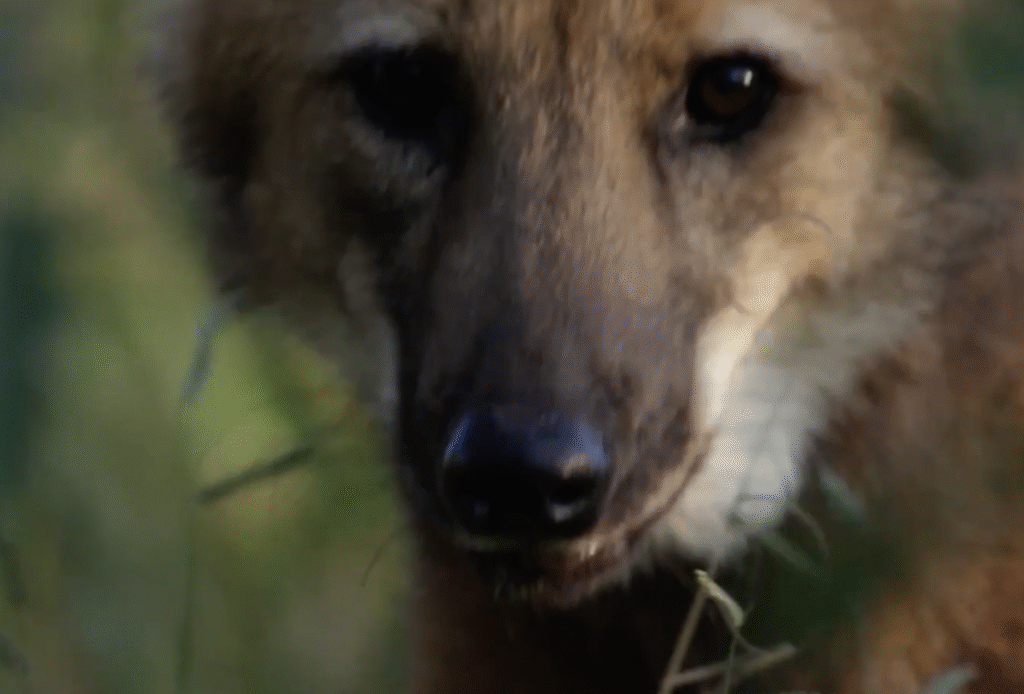
The economy of purpose as a management model
Animales en peligro, premiered on Flow and co-produced by Greenpeace and Cimarrón, is much more than a cultural production. It represents a management model where social impact is integrated into business logic. For Cimarrón, the Uruguayan production company with international experience, the challenge was to coordinate financing, production and communication without losing alignment with Greenpeace’s core values: independence, sustainability and transparency. The series proved that the audiovisual industry can adopt ESG (Environmental, Social and Governance) standards without sacrificing profitability.

Production structure and shared leadership
The co-production brought together three centers of leadership: the creative direction of Eugenia Ratcliffe, the operational structure of Cimarrón and the institutional management of Greenpeace. Each contributed a different form of capital—technical expertise, regional networks and social legitimacy. Natalia Oreiro, with her wide international projection, acted as both symbolic and commercial catalyst. Her participation expanded the potential audience and positioned the project in the purpose-driven content market, while Flow—owned by Telecom Argentina—reinforced its social value strategy through its On Demand platform.
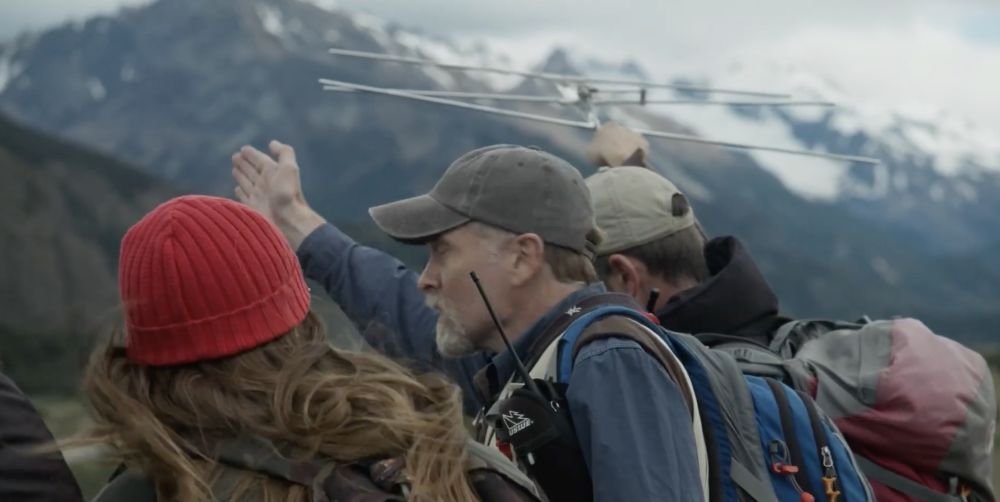
Financing awareness: a new business paradigm
One of the most remarkable aspects of Animales en peligro is its ethical financing model. Faithful to its economic independence, Greenpeace contributed resources from citizen donations, avoiding partnerships with companies operating in polluting or extractive sectors. Cimarrón ensured technical production under responsible consumption policies: reduced travel, renewable energy and local hiring. Flow covered digital distribution costs, integrating the project into its corporate responsibility program. The result was a self-sustaining model in which each stakeholder maintained coherence with its values.
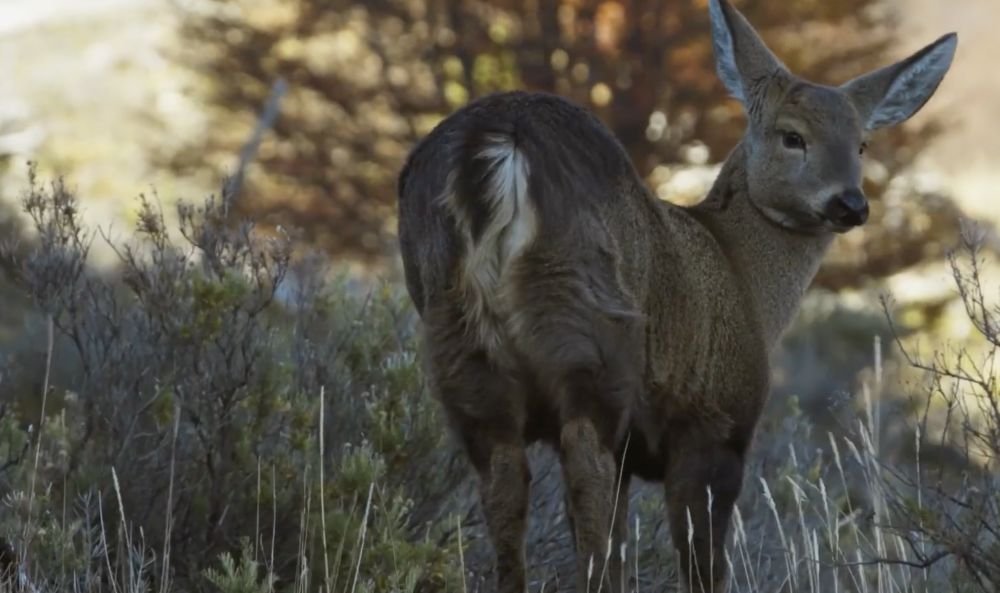
Natalia Oreiro: the symbolic capital of cultural leadership
From a management perspective, Natalia Oreiro embodies a strategic asset. Her public commitment to environmental causes enhances the project’s reputation and increases Greenpeace’s visibility. In Animales en peligro, her voice and image serve as an emotional and trustworthy bridge. For the brands involved, her presence represents an intangible advantage: credibility. In today’s industry, reputational value is a key component of return on investment, and Oreiro succeeds in turning empathy into high-impact symbolic capital.

Leadership behind the cameras
Santiago López, CEO of Cimarrón, described the project as a milestone in sustainable production: six episodes filmed across multiple countries with small teams, ethical filming protocols and absolute respect for species and local communities. Each location—from the Iberá Wetlands in Argentina to Lota Bay in Chile and the Colombian páramo—posed logistical and budgetary challenges. Executive leadership consisted of balancing economic efficiency with environmental sensitivity, proving that sustainability can also be a competitive advantage.
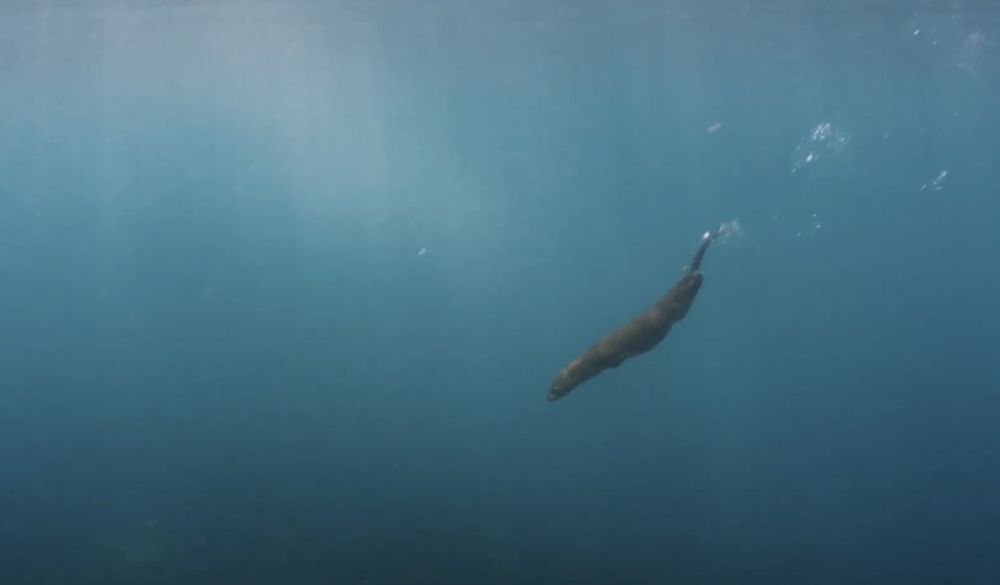
Greenpeace’s strategy: from activism to content management
For years, Greenpeace has been developing a communication strategy that links scientific research, activism and audiovisual storytelling. Animales en peligro is its most accomplished example of media diversification. Conceived internally as a long-term investment in organizational reputation and environmental education, the project reflects Greenpeace’s belief that producing high-quality visual content is as important as running direct campaigns. Both strengthen its brand and broaden its social support base. This model shows that environmental management can incorporate marketing tools without losing authenticity.
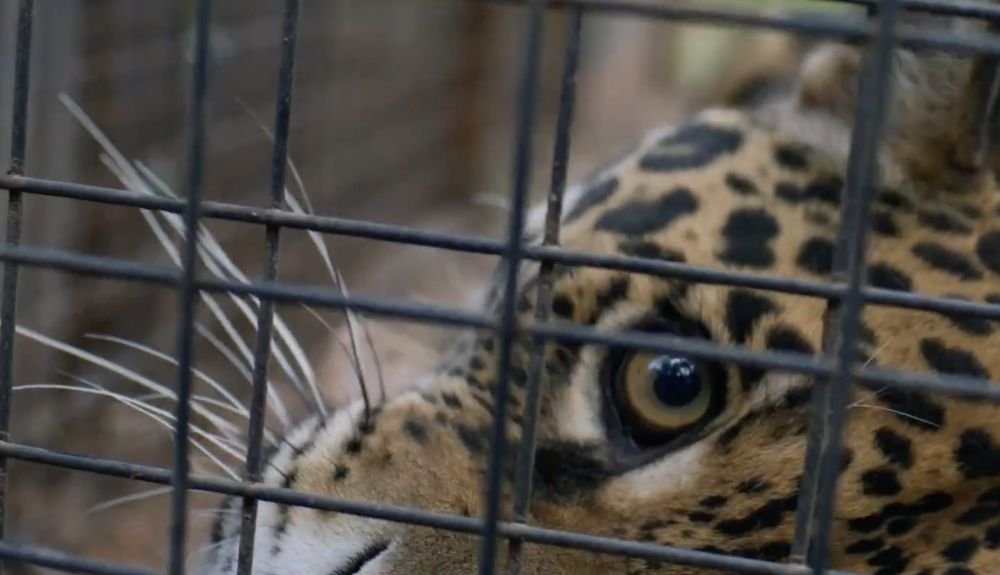
Flow and the positioning of purpose-driven platforms
Telecom Argentina, through Flow, recognized the opportunity to associate with content of high symbolic value. In a market where streaming platforms are increasingly homogeneous, purpose-driven productions stand out. Partnering with Greenpeace allowed Flow to strengthen its reputation for sustainability and social commitment. Flow does not merely distribute entertainment—it communicates values. This alliance demonstrates how the audiovisual industry can create positive externalities while maintaining commercial goals.
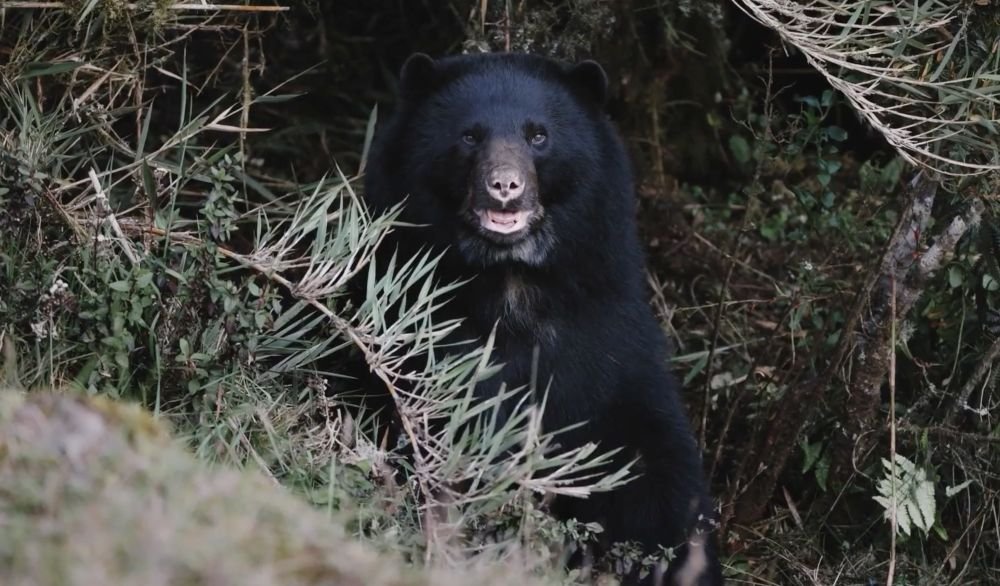
Argentina, Chile and Colombia as a model of regional integration
The project’s transnational dimension reinforces the idea of Latin American cooperation. In production terms, it required coordination of permits, financing and logistics among three countries. From a corporate perspective, it fostered a shared-value network: local employment, technical knowledge exchange and regional creative economy growth. Greenpeace envisions this dynamic as a collaborative management model applicable to future environmental communication initiatives.









